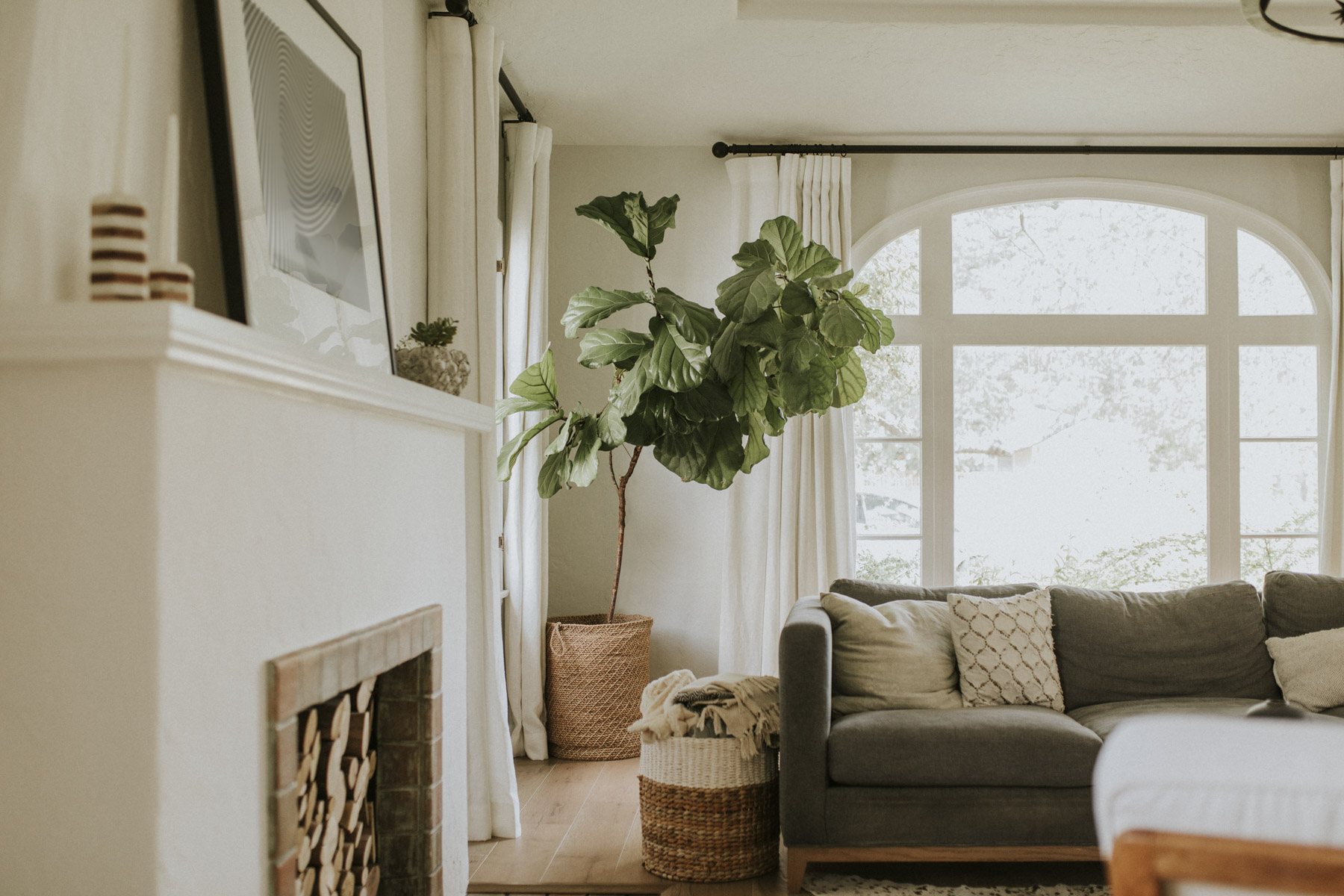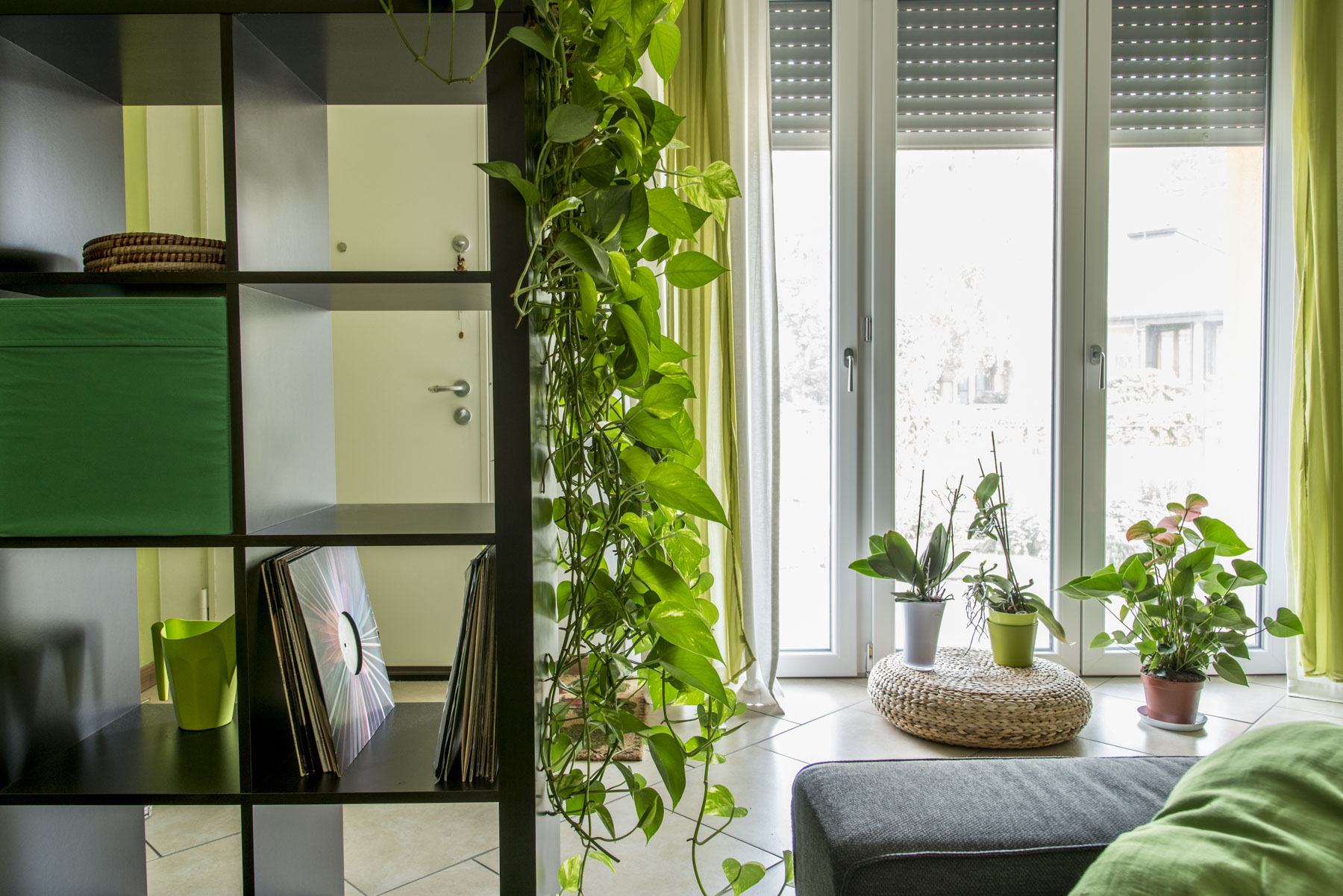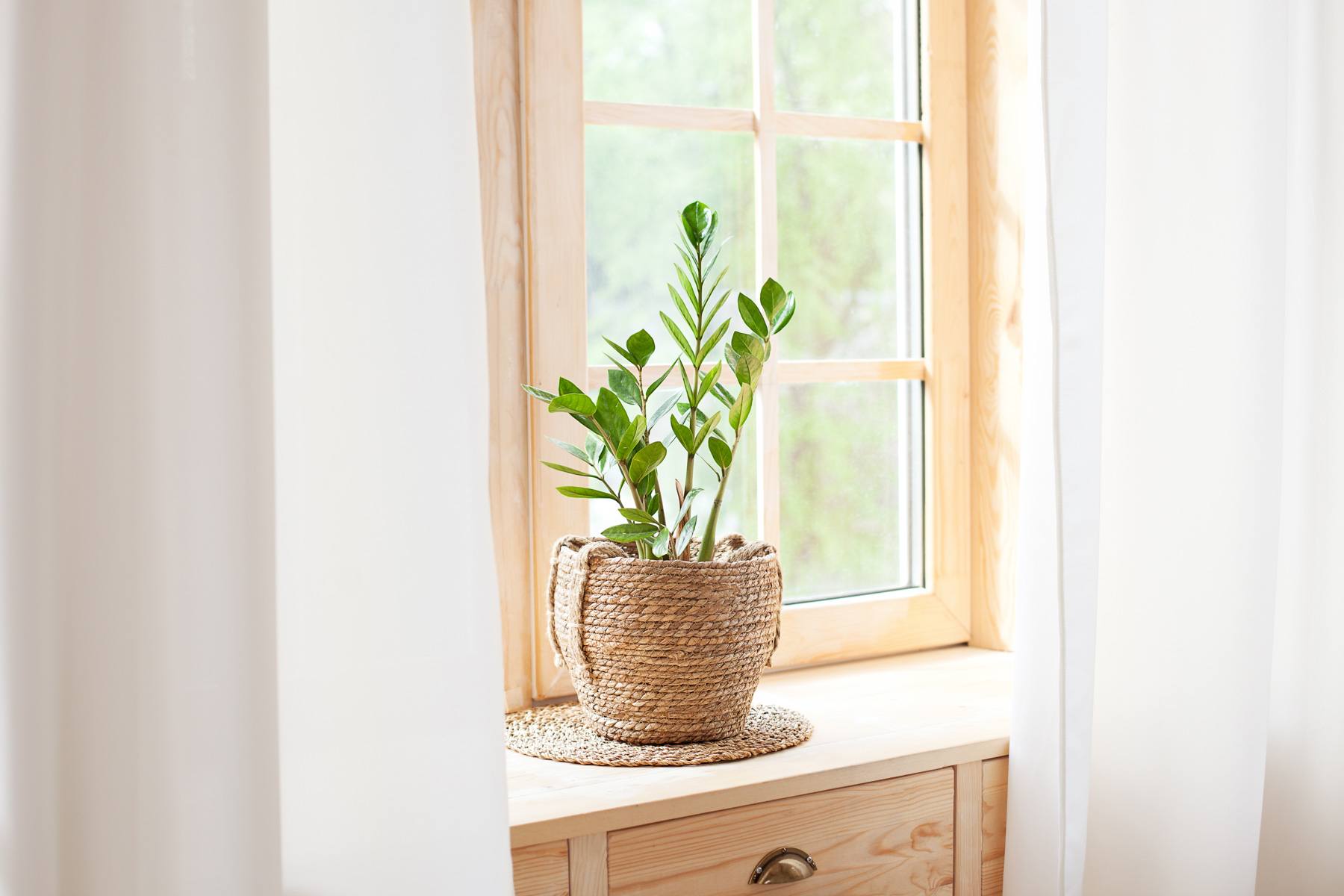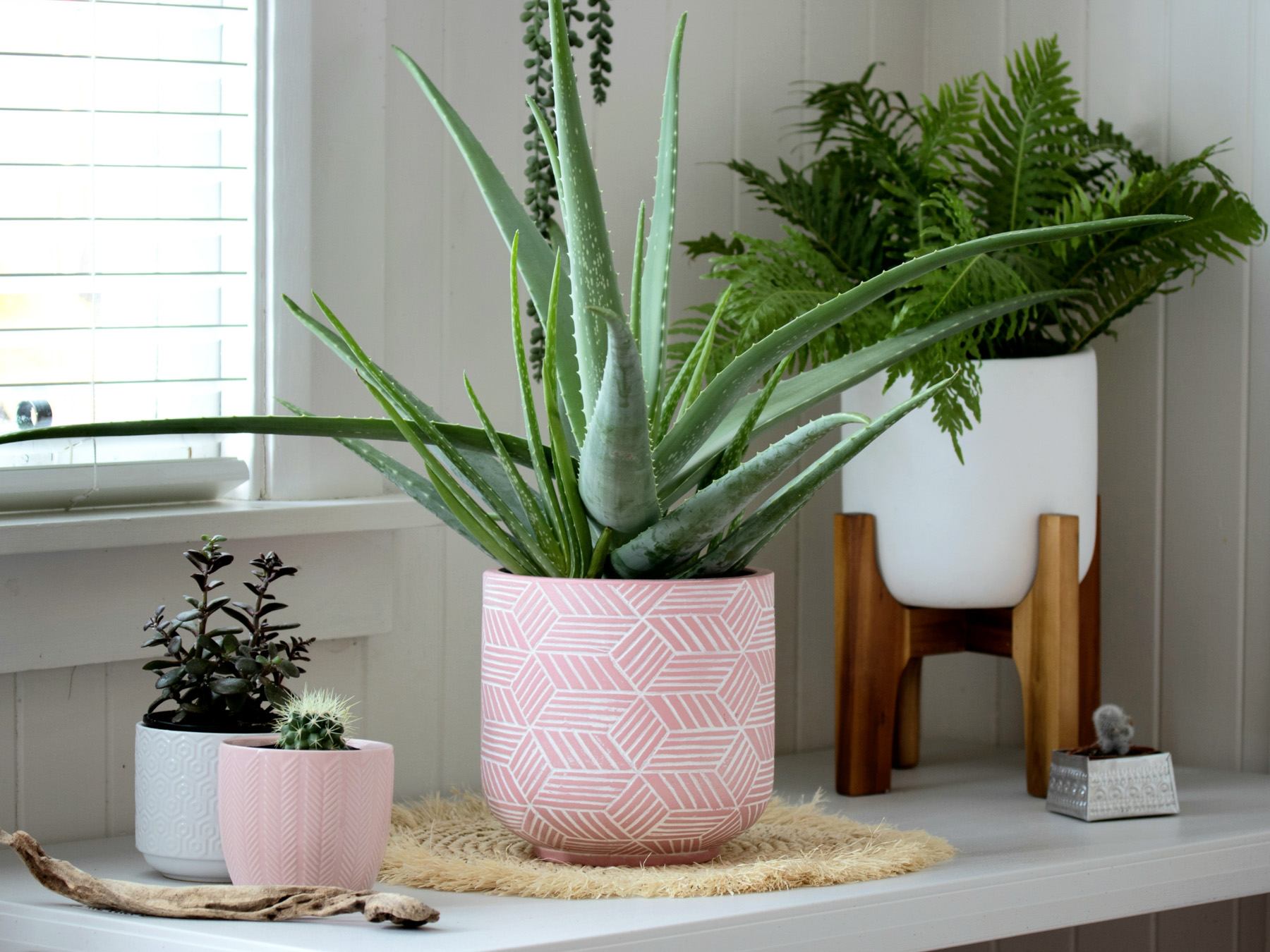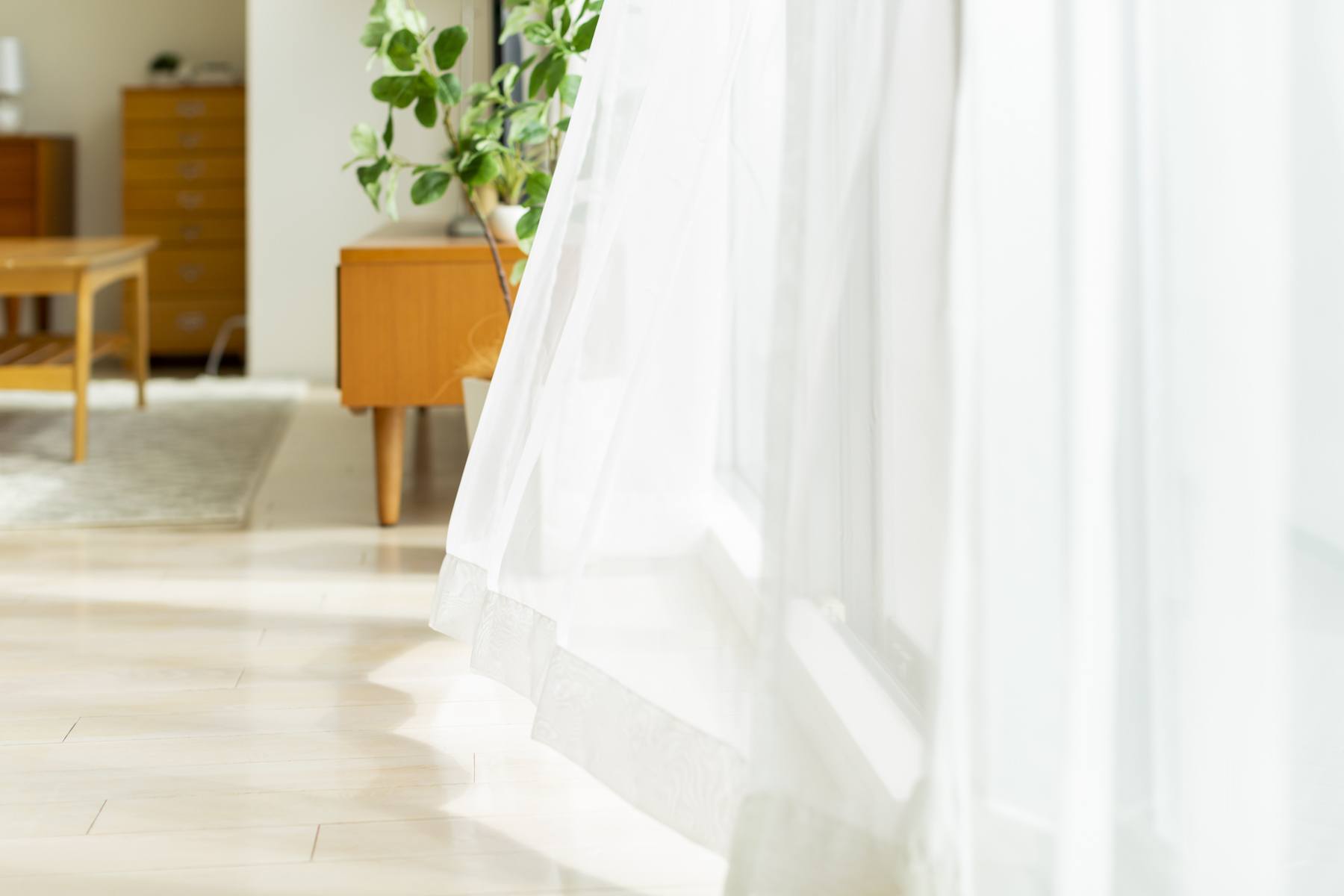Indoor plants can do wonders for your physical and mental health. When choosing plants for your home though, you need to consider a number of things, including their access to sunlight.
Over the past two years, the world has turned inwards. It does mean, however, that many haven’t had a chance to get into nature. Now, it’s time to get out your green thumb.
The physical benefits of plants
Indoor plants look beautiful in every room of the house. Whether they’re hanging or potted, up high or low down, they can work wonders for physical health.
In fact, they clean the very air we’re breathing, which is a huge help given the amount of time everyone has recently spent indoors. The study about air quality was done by NASA when looking for ways to improve the air quality for astronauts in sealed spacecraft.
Scientists have discovered more than 300 toxins in indoor air which plants can help remove. Plants can remove dust from rooms by as much as 20%, so they’re great for those who suffer from allergies or hayfever, and they may help add humidity to a room, which means less irritated airways, runny noses and itchy eyes.
The mental benefits of plants
There are a multitude of psychological benefits of indoor plants. Not only can they help reduce stress levels, but they can also aid recovery.
A study conducted of people recovering in hospital found those who had plants and flowers in their rooms had lower blood pressure, a higher tolerance of pain, lower fatigue and weren’t as anxious as those without.
On top of this, having real plants around the house may sharpen your attention span, and can boost your productivity and creativity.
Other research has shown that if we have plants around us, we tend to be happier and get along with others better.
Tips and tricks
Of course, when choosing your indoor plants, there are a couple of things to keep in mind.
- Choice of plant is important.
If you have young kids or pets, choose options that are safe for them to be around. While it can be tricky to find a list of plants that are completely non-toxic, a nursery or garden centre will be able to guide you.
It’s also important to choose a plant that’s not going to attract any pests. The last thing you need are pests flying through your home.
Keep in mind how much tending to they need. How regularly do they need to be watered, how often will they require repotting and how much sunlight do they require to flourish?
- Choice of location is make or break!
When it comes to choosing the perfect position, start by choosing which room of the house you want the plant to be in – different plants suit different rooms.
For example, a hanging plant can look absolutely lovely in the corner of a bathroom, but a bit out of place in a large living area.
Remember to ask the experts about how much sun and heat they need. This will determine whether they are placed near a window and, even, which window, depending on the direction of the sun. Some plants thrive in the evening sun, others need shade to flourish and may just require a bit of light and warmth in the morning.
Of course, this can be assisted with the right kind of window coverings as well. Shutters can let light and warmth into your home without compromising the plants if they need to be kept shaded. Sheer curtains can also achieve this.
Ultimately though, you need to choose indoor plants that will also suit your style. There’s no point choosing a spiky plant that will ruin your soothing vibes or a trailing plant that your kids will upend.

